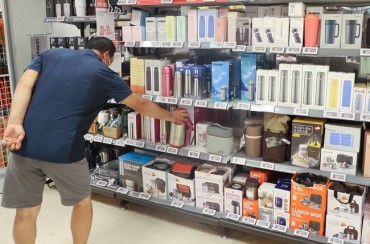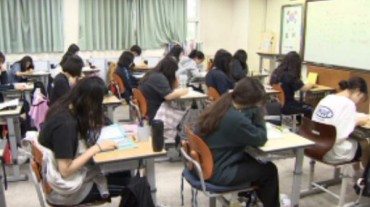SEOUL, Dec. 16 (Korea Bizwire) — Female cancer patients that undergo cancer treatment in the afternoon are less likely to succumb to their illness in the following five years than those who undergo cancer treatment in the morning, a study indicated Thursday.
The Institute for Basic Science and a Seoul National University Hospital research team conducted a survey of 210 patients suffering from a widespread large B cell lymphoma receiving treatment either at 8:30 a.m. or 2:30 p.m. at the hospital.
The patients underwent between four and six R-CHOP sessions that provide targeted therapy and chemotherapy every three weeks.
The study showed that 60 months later, only 13 percent of female patients who were treated in the afternoon experienced deteriorating health conditions, and only 2 percent passed away.
In contrast, 37 percent of those who were treated in the morning experienced worsening health conditions, and 25 percent passed away.
The period of progression-free survival, during which cancer doesn’t get worse, was 2.8 times longer among female patients who underwent cancer treatment in the afternoon.
Female patients who were treated in the morning were more likely to suffer from side effects of chemotherapy like leukopenia.
There was no correlation between male patients and the time of day when they received medical treatment for cancer.
The research team analyzed some 14,000 blood samples collected from Seoul National University Hospital Health Examination Center to determine the differences between gender.
The results showed that the white blood cell count in female patients decreased in the mornings and increased in the afternoon.
A woman’s bone marrow functions change in a circadian rhythm, in which they continue to shrink and grow, the research team said.
If a female patient undergoes lymphoma treatment in the morning when their bone marrow functions are most active, the bone marrow functions are suppressed, raising the risk of side effects.
Male patients showed minimal changes in their white blood cell or bone marrow cell counts, which is why treatment in the morning or in the afternoon produced similar results, the research team explained.
Lina Jang (linajang@koreabizwire.com)







